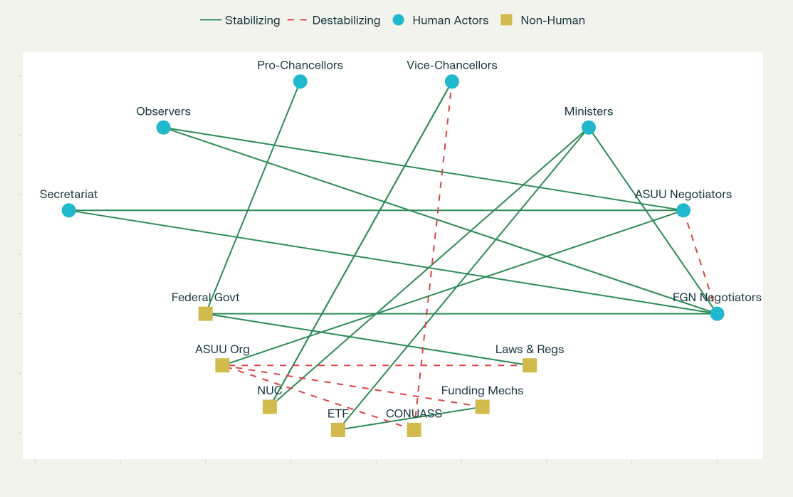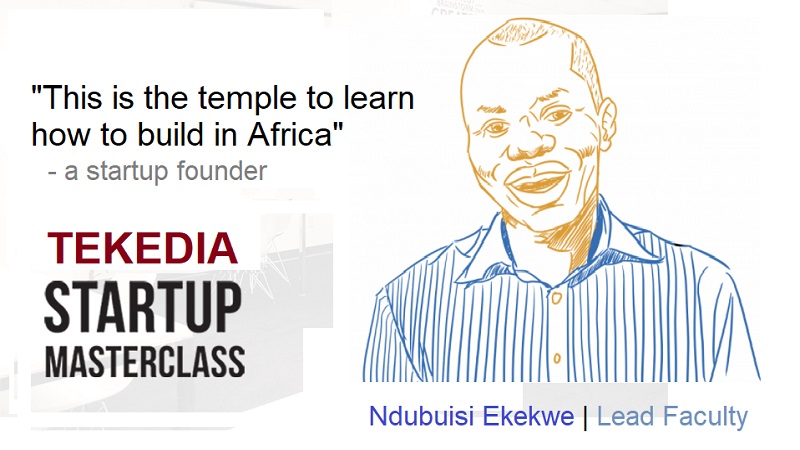Actors and Forces That Shaped FG-ASUU Agreement in 2009
The 2009 agreement between the Federal Government of Nigeria (FGN) and the Academic Staff Union of Universities (ASUU) was a landmark event in addressing the challenges facing Nigerian universities. This accord, aimed at reversing the decay of the university system and improving working conditions for academic staff, was influenced by a network of actors and forces that shaped its development and eventual success.
Key Actors in the Negotiation Process
Central to the agreement were two main negotiation teams representing the Federal Government and ASUU. The government team was led by Deacon Gamaliel O. Onosode, then Pro-Chancellor of the University of Ibadan, while ASUU’s team was initially led by Dr. Abdullahi Sule-Kano. These teams, composed of academic leaders, union representatives, and seasoned negotiators, were directly responsible for articulating demands, presenting counterpoints, and shaping the agreement terms.
Register for Tekedia Mini-MBA edition 18 (Sep 15 – Dec 6, 2025) today for early bird discounts. Do annual for access to Blucera.com.
Tekedia AI in Business Masterclass opens registrations.
Join Tekedia Capital Syndicate and co-invest in great global startups.
Register for Tekedia AI Lab: From Technical Design to Deployment.
Exhibit 1: Actors and forces that shaped the agreement

Supporting these teams were advisers, including vice-chancellors from various Nigerian universities and educational experts, who provided strategic guidance and expertise. Observers from federal ministries such as Labour, Finance, Justice, Education, and related commissions like the National Universities Commission (NUC) and the National Salaries, Incomes & Wages Commission (NSIWC) played roles in ensuring transparency and accountability. A joint secretariat, comprising delegates from both sides and the NUC, functioned as the administrative backbone, coordinating meetings, recording minute details, and maintaining the flow of communications throughout the lengthy negotiation process.
Institutional and Structural Forces
Beyond individual actors, institutional forces significantly shaped the agreement. Government bodies like the Federal Ministry of Education and the Revenue Mobilisation and Fiscal Commission influenced funding frameworks, while legislative and regulatory elements such as the Education Tax Fund (ETF) and the National Universities Commission (NUC) established the framework for financial and academic standards.
Universities themselves were key forces, exerting influence through data provision, internal governance structures, and engagement in implementation efforts. Other stakeholders included private sector players, alumni associations, and philanthropic organizations, whose potential contributions were recognized as vital to supplementing government funding and supporting research and infrastructural development.
Dynamic Interactions: Stabilizing and Destabilizing Influences
The negotiation process was shaped by various forces that either stabilized or destabilized progress. Stabilizing interactions included the establishment of sub-committees focusing on data collection, pension reforms, salary structuring, and academic allowances. These focused efforts allowed the teams to address complex issues methodically and build consensus on critical topics like salary structures and funding requirements.
Institutions such as the ETF Board of Trustees and mechanisms for budget monitoring enforced fiscal discipline and transparency, thus reinforcing stability. Government commitment to increasing education budget allocations and respecting university autonomy also contributed to solidifying the agreement.
Conversely, some destabilizing forces challenged the negotiation. Disagreements arose concerning university autonomy, particularly regarding admission processes regulated by bodies like the Joint Admissions and Matriculation Board (JAMB). Conflicts emerged over circulars and government directives that at times clashed with university governance practices, creating tension around academic freedom.
Fiscal constraints within the Federal Government, coupled with periodic industrial actions such as ASUU’s strike related to unpaid salaries and poor conditions, complicated the path to resolution. Moreover, the delay caused by the withdrawal of ASUU from the talks in early 2008 due to the controversial University of Ilorin 49 staff sacking issue, illustrated the fragile balance of interests at play.
Collaborative Mechanisms and Outcome
The multiplicity of actors and forces necessitated mechanisms to ease collaboration and foster trust. The process adopted informal consultations and allowed for adjournments, enabling parties to consult their principals and consider positions carefully. A monitoring committee, inclusive of representatives from pro-chancellors, vice-chancellors, the NUC, the Federal Ministry of Education, and ASUU, was created to oversee implementation, demonstrating the commitment to accountability.
The resulting agreement outlined comprehensive reforms: a distinct salary structure (CONUASS II), enhanced academic and research allowances, fringe benefits including housing and vehicle loans, extended retirement age for professors, and reinforced university autonomy. Funding strategies incorporated a mix of federal and state budget allocations, education tax fund reforms, private sector engagement, and alumni contributions to ensure sustainability.
The academic community was assured of protections for academic freedom and institutional governance, while provisions for periodic review and conflict resolution processes were instituted to maintain the agreement’s relevance.

